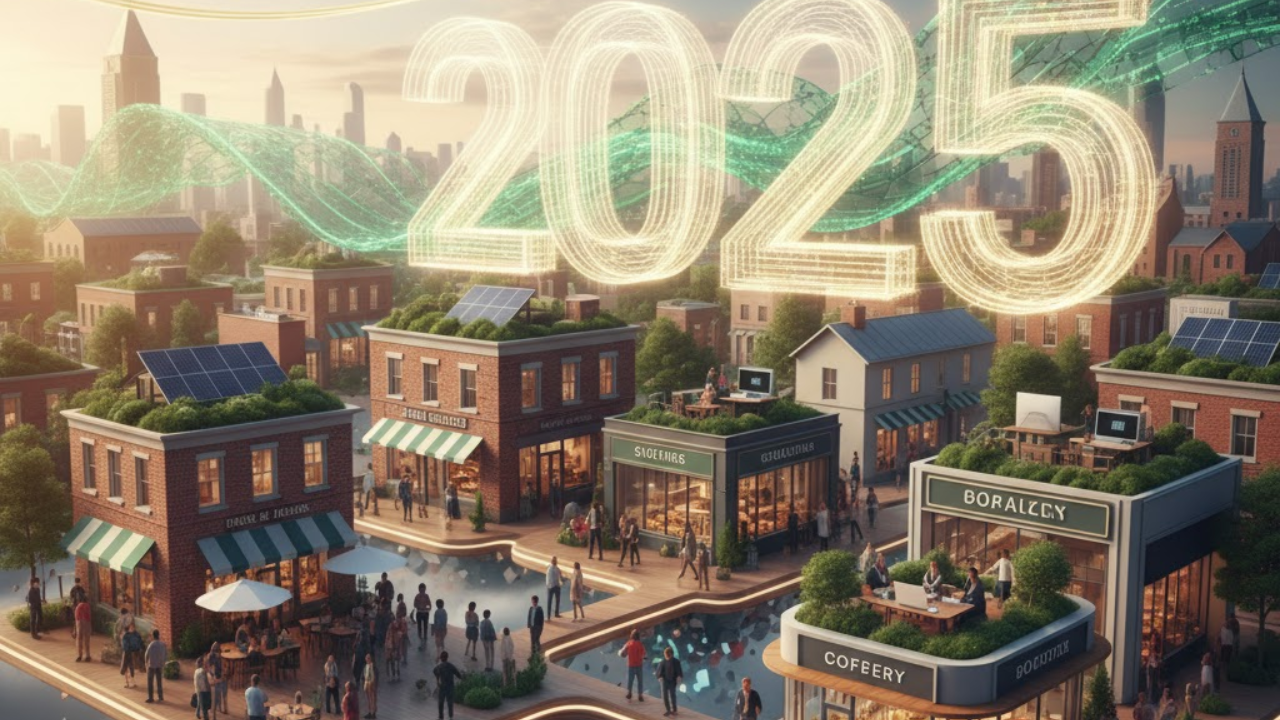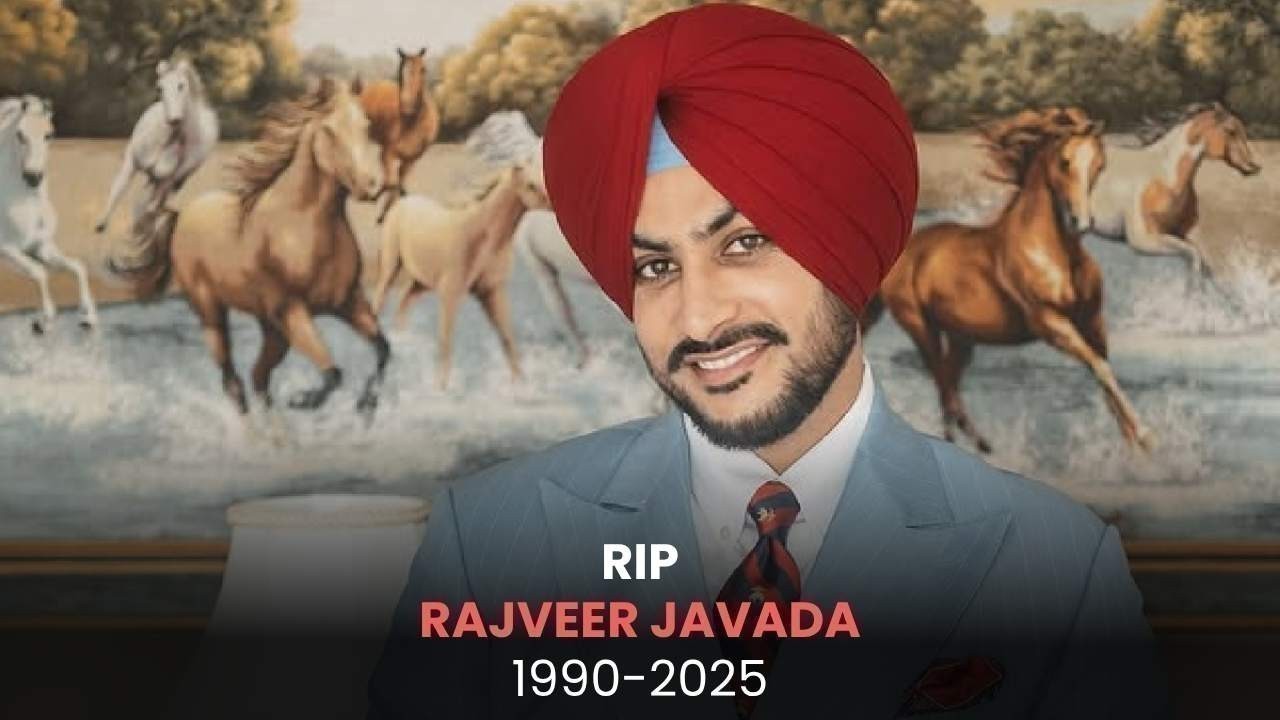
Post by : Naveen Mittal
Globalization, once the unstoppable tide of modern capitalism, is no longer the smooth, borderless system it was imagined to be. In 2025, the global economy stands at a crossroads—not collapsing into isolation, but splintering into rival trading zones.
Rising tariffs, technology bans, and strategic trade alliances are rewriting the rules of global commerce. The era of efficiency-based globalization is giving way to a new paradigm: security-based globalization, where nations are prioritizing control, resilience, and influence over cheapness and speed.
The original “trade war” between the United States and China in the late 2010s has evolved into something broader and more complex. Today, the world isn’t just witnessing tariffs on goods—it’s watching a decoupling of entire ecosystems: technology, energy, finance, and even talent.
The U.S. has restricted semiconductor exports, imposed AI hardware controls, and discouraged investment in sensitive sectors linked to China. Beijing has retaliated by curbing exports of critical minerals like gallium and rare earths, key ingredients in green energy and electronics.
What began as an economic rivalry has now become an ideological contest for technological sovereignty. The West calls it “de-risking.” The East calls it “self-reliance.” Both mean the same thing—building parallel worlds that depend on themselves more than each other.
In this fractured environment, countries are turning inward—or rather, regionally outward.
The European Union is doubling down on strategic autonomy, using trade and climate policy to build a self-sustaining industrial base.
In Asia, ASEAN nations are emerging as the new middle ground—trading freely with both China and the West while avoiding geopolitical entanglement.
The Middle East is repositioning itself as a logistics and energy hub, leveraging neutral diplomacy to attract both Eastern and Western capital.
Meanwhile, Africa is pushing forward with its own Continental Free Trade Area, aiming to unify markets and reduce dependency on external powers.
This shift toward regionalization doesn’t mark the end of globalization—it marks its reinvention. Instead of a single global network, the world is now forming multiple regional webs of trust and trade.
Once considered relics of the past, tariffs are back—not as tools of protectionism, but as instruments of negotiation and leverage.
The United States has introduced new duties on Chinese EVs, batteries, and solar panels under the pretext of “strategic security.” The European Union’s Carbon Border Adjustment Mechanism (CBAM) taxes imports based on their carbon footprint, effectively creating a climate-based tariff.
Even developing economies like India and Brazil are protecting domestic manufacturing under “Make in India” and “Resilient Industrial” initiatives.
Tariffs today are less about shielding weak industries and more about buying time—time to localize production, build supply chains, and strengthen domestic capacity.
The most consequential trade war isn’t about steel or soybeans—it’s about semiconductors, AI, and clean tech.
Access to cutting-edge chips now defines geopolitical power. The U.S. controls the world’s most advanced chipmaking technology through alliances with Japan, the Netherlands, and South Korea. China, in response, is accelerating investment in indigenous semiconductor production and AI infrastructure.
Meanwhile, emerging economies are caught in the middle. Nations like Vietnam, Malaysia, and Mexico are becoming “neutral manufacturing hubs”—absorbing redirected supply chains from both superpowers.
This technology divide is spawning a new kind of economic identity: the digitally non-aligned movement—countries that trade with all sides while refusing to pick one.
Even finance is fragmenting. The dominance of the U.S. dollar in trade settlement is facing subtle but growing challenges.
China is pushing for yuan-based trade deals, particularly in energy and commodities. The BRICS alliance is exploring alternatives to the dollar for intra-bloc trade. Central Bank Digital Currencies (CBDCs) are being tested across dozens of countries to facilitate direct, borderless payments.
This doesn’t mean the dollar is dying—it remains the global standard—but it does signal the beginning of a multipolar financial order, one where influence is distributed, not concentrated.
For global corporations, this new era is both a risk and an opportunity. Supply chains are being redrawn, production footprints diversified, and sourcing strategies reinvented.
Tech companies are building dual product lines—one for the U.S. and its allies, another for China and its partners. Energy firms are hedging between Western green policies and Eastern fossil investments. Logistics players are redesigning routes to avoid choke points like the South China Sea or the Suez Canal.
The result is a world of “glocal” enterprises—multinationals that think globally but operate with local independence, capable of adapting to multiple regulatory and political realities at once.
Winners:
Countries that offer neutrality and stability—Vietnam, Indonesia, UAE, and Mexico.
Firms mastering supply chain flexibility and regulatory compliance.
Commodity-rich nations supplying critical minerals for energy transition.
Losers:
Export-reliant economies without regional trade buffers.
Companies tied too closely to one political bloc.
Industries unable to localize production or manage tariffs.
The new trade order rewards agility, not scale. The ability to pivot—to new partners, new regions, new technologies—is becoming the defining trait of successful enterprises.
Globalization isn’t ending—it’s becoming selective. Instead of pursuing open borders and free markets for their own sake, countries are now asking: What kind of globalization serves us best?
This version of the global economy will be messier, slower, but more balanced. Trade flows will be shaped by trust as much as by price. Politics and economics will remain intertwined, forcing companies and nations to navigate an era of overlapping dependencies.
In short, the next chapter of globalization won’t be written by economists—it’ll be written by strategists.
Disclaimer:
This article is for informational and analytical purposes only. Trade dynamics, tariff policies, and global supply chain developments are subject to change; readers should consult official trade and policy reports for the latest data.

Small Businesses in 2025: Resilience in the Age of Uncertainty
In an era of inflation, digital disruption, and tight credit, small businesses are adapting through

Trade Wars 2.0: The Return of Protectionism and the New Shape of Globalization
Rising tariffs, tech rivalries, and new trade blocs are reshaping globalization. Here’s how the next

Hyperautomation: How Intelligent Enterprises Are Redefining the Future of Business
AI, automation, and analytics are merging to create hyperintelligent businesses that operate faster,

From ESG to ROI: How Sustainability Became a Smart Business Strategy
From compliance to strategy—ESG and circular economy models are now key drivers of profitability, re

Investing in Uncertainty: How Businesses Are Rethinking Growth in 2025
High interest rates, inflation, and shifting taxes are reshaping corporate investment strategies in

Labour Under Pressure: AI, Wages, and the New Skills Divide
AI is redrawing labor markets—raising wages for specialists, erasing routine jobs, and forcing a glo

America’s Big Bet on AI: Growth Engine or Risky Play?
America is placing its economic chips on AI. From data center-driven GDP to tech investment booms, s

Unroll Your Calm Easy Yoga Tips for Teens to Beat Stress and Stay Focused
Discover easy yoga tips for teens to reduce stress boost focus and stay calm daily with simple poses

Chhath Puja 2025 Devotion Rituals & Sun God Celebration Guide
Celebrate Chhath Puja 2025 with devotion fasting and rituals Discover Sun God prayers eco friendly t

Varinder Singh Ghuman India's First Vegetarian Bodybuilder & Bollywood Star
Discover the inspiring life of Varinder Singh Ghuman India s first vegetarian bodybuilder and actor

From Couch to Café Easy Ways to Style Knits and Loungewear for Any Occasion
Discover how to style knits and loungewear for any occasion Stay cozy confident and stylish from you

UE Dubai Students Shine at COP30 Simulation in Cairo, Showcasing Global Leadership in Climate Policy
University of Europe for Applied Sciences Dubai (UE Dubai) have taken centre stage at the COP30

Signs Your Gut Health May Be Slowing Your Weight Loss
Poor digestion can slow weight loss Learn the key signs your gut may be affecting metabolism and how

Keto Friendly Fruits Top 10 Low Carb Fruits for Weight Loss Success
Discover 10 keto friendly low carb fruits that support weight loss boost energy and keep your die

Rajvir Jawanda Life Career Music Hits & Tragic Accident Explained
Discover Rajvir Jawanda s journey from police aspirant to Punjabi music star his hits acting career